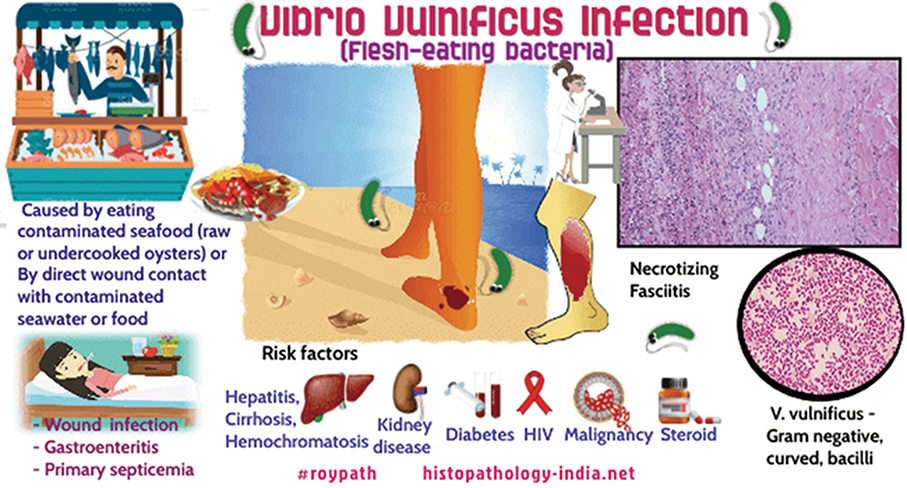The Municipal Affairs Bureau (IAM) has sampled 20 kinds of imported fish common in the local market to test their concentrations of methylmercury and fatty acids, and none of the 143 samples were found to be exceeding the legal limit.
Yesterday’s IAM statement showed that the methylmercury concentration of the 20 kinds of fish collected was not all the same, with swordfish, cod (bacalhau) and tuna containing high levels of methylmercury, while sardines, mackerel, sole and mackerel pike (aka autumn knifefish or Pacific saury) offer high health benefits and low harm level, because of which they are “highly recommended” for human consumption.
According to the statement, methylmercury, a very potent toxicant that is present in varying amounts in all seafood, is a more toxic form of mercury affecting the nervous system, particularly the developing brain of foeti and infants.
The statement pointed out that as, in general, fish is rich in a variety of beneficial nutrients, including fatty acids such as Docosahexaenoic acid (DHA) and Eicosatetraenoic acid (EPA), as well as omega-3 fatty acids and high-quality protein, they are an important part of a balanced diet, urging the public to maintain a balanced and diversified diet to avoid the excessive intake of heavy metal pollutants due to a diet focused just on certain kinds of fish.
The statement said that the bureau’s scientific research assessed local consumers’ health benefits and food safety risks of the consumption of different kinds of imported fish, the outcome of which aims to enable consumers to better judge between the benefits and risks of eating fish.
This table in the Chinese language released by the Municipal Affairs Bureau (IAM) yesterday shows the levels of recommendation of different kinds of fish for human consumption.






